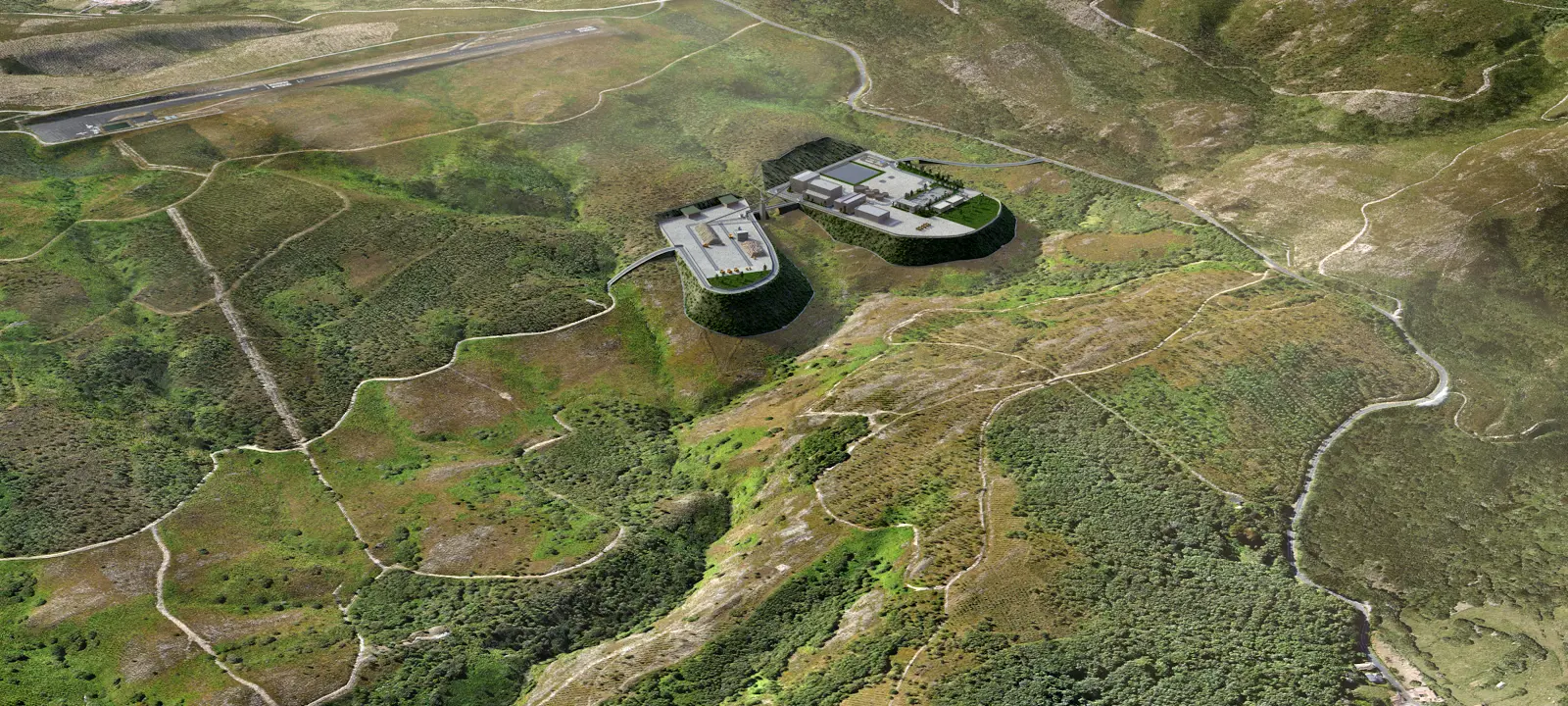A MODERN AND EFFICIENT
EXTRACTION METHOD
MINA DOADE TIMELINE
The complexity of the regulatory environment and the variability in the social need for minerals of interest mean that projects extend over many years. Modern mining in the European Union is highly protective of the environment and requires compliance with numerous conditions. All mining operations must be previously approved by an environmental authority, which issues a ruling that allows or disallows the exploitation of the deposit.
Mining in the Doade region has a significant historical tradition, having left a notable impact in the 19th and 20th centuries. At the end of the 20th century and the beginning of the 21st, various businesses and public initiatives conducted field research over decades to determine the presence of minerals of interests in the extensive research area officially called Investigation Permit (PI) Alberta I, 1st Fraction (Cerdedo, Forcarei, Avión, Beariz and A Lama).
Recursos Minerales de Galicia, part of Grupo SAMCA, acquires the Investigation Permit (PI) Alberta I, 1st Fraction to study and detect minerals such as tin, tungsten, tantalum, niobium and lithium. This marked the beginning of intensive research into the terrain and its mining possibilities.
The research results indicate to the technicians of Recursos Minerales de Galicia the feasibility of constructing an underground mine in a specific area of Doade-Beariz that presents the best deposit arrangement and the best conditions for the minerals intended to be exploited. An exploitation permit is requested, but the Administration considers the documentation provided insufficient and requests a more detailed study, specifically related to the hydrological and hydrogeological aspects of the area.
Recursos Minerales de Galicia commissions the hydrological and hydrogeological study of the territory to Aquaterra, a research group from the University of A Coruña (UDC). At the same time, product tests and technical assays on the minerals continue.
The water study results reveal that the mining operation will not affect the waters of the area.
Recursos Minerales de Galicia continues with the development of all technical projects for the transition to the exploitation concession of the mining right: Exploitation Project, Environmental Impact Study and Restoration Plan.
The process of participation and dialogue with all social agents involved in Mina Doade begins.
The exploitation project is submitted for approval to public administrations.
The European Commission selects Mina Doade as a Strategic Project under the Critical Raw Material Act, designating it as a project of public interest. This decision highlights its importance “in securing the supply of strategic raw materials and ensuing the proper functioning of the European internal market”.
Once public administrations grant the exploitation permit, Recursos Minerales de Galicia will begin the excavation of the mine and the construction of the processing plant, incorporating workers and hiring suppliers for the works.
The extraction process of ore begins at a rate of 500,000 tons per year, which is processed and sent to nearby ports.
If the proven reserves have not increased by that time, Mina Doade’s activity would end with the complete restoration, dismantling of the industrial plant and surface infrastructures and the return of the land to its original uses.















